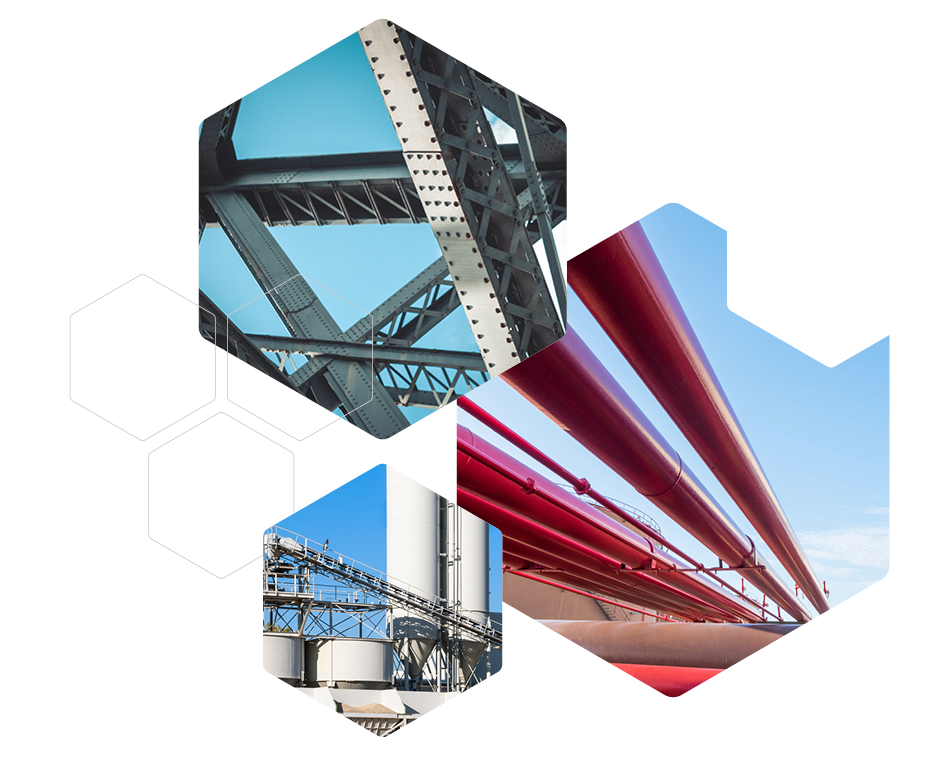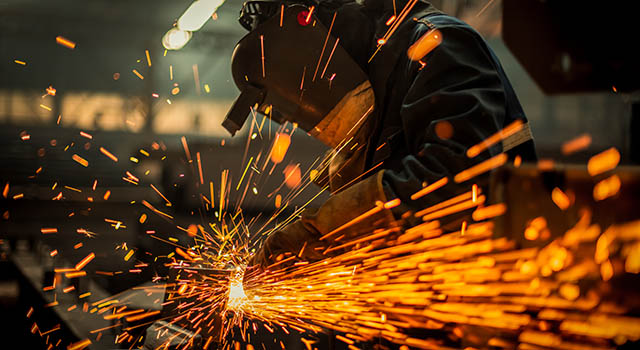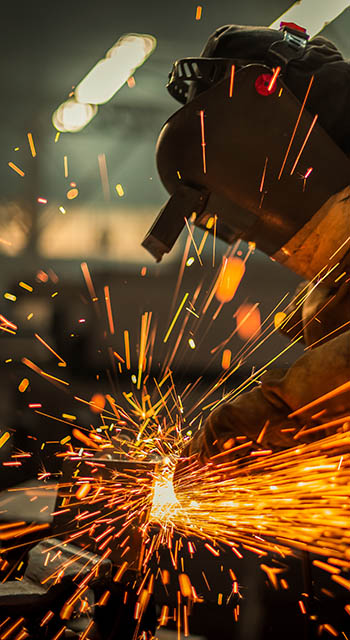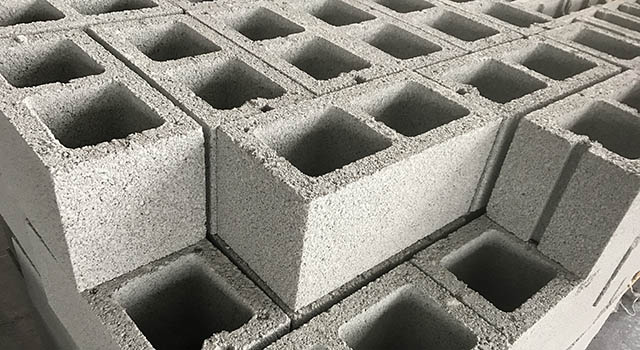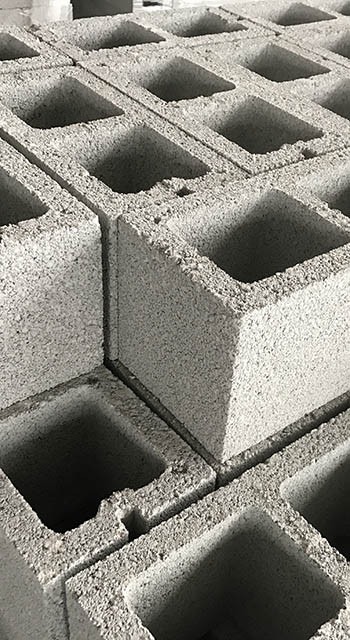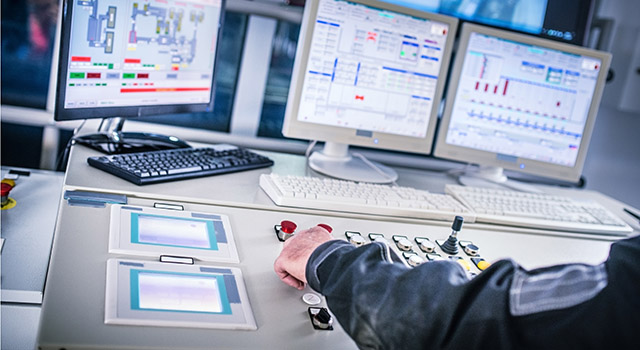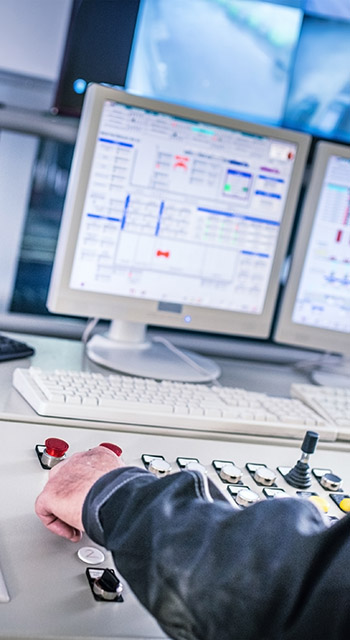Patents and finance
A range of models and forecasts indicate that existing technologies will not take us all the way to net-zero emissions.[21] Continued innovation and development of technology to mitigate climate change is therefore crucial. Examining trends in the patenting of new solutions points to where innovation is most active. The examples below focus particularly on breakthrough technologies, such as hydrogen and CCS, where significant innovation and scale-up is called for.
Patent trends for decarbonizing steel and cement
A 2022 patent analysis of low-emission steel and iron ore found 4,246 patent families have been filed since 2015 – and the number is growing. While most patents filed related to iron ore processing and transport, production methods for low-emission steel have seen the fastest growth. Patents included CCS incorporation into blast furnaces, substitution of coke with alternative fuels, electric arc furnaces and direct reduced iron (DRI) technologies. This is also where the majority of emissions occur. China had the most patent applicants in this field, accounting for 88 percent of patents filed.[22]
For cement, the number of low-carbon technology patents have also grown steadily since 2000, with China as a major innovation hub. Research has focused most on substituting clinker – an integral but energy-intensive component of cement production – and less on radical changes to the raw material mix. However, while clinker-substitution technologies and chemical admixtures have twice as many patent families compared to novel cement technologies, few are yet commercialized.[23] Better performance-based standards could help drive the development of alternative materials within the cement industry.[24]
Patent trends for carbon capture and storage
As noted by the International Energy Agency (IEA), global patent applications for CCS technologies have lost momentum in recent years. Patents in the CCS sector have declined by almost 7 percent since 2013, after witnessing near 10 percent growth over the previous decade.[25] This is contrary to the general technology patent application trend. One explanation could be exaggerated expectations in the early 2000s regarding CCS technology scale-up, followed by its financial viability coming into question. That said, the total number of patents is significant. Nearly 42,000 patent families have been filed in relation to CCS since 2015. A majority are in an active state, meaning the patent has been granted and can be used by the owner. Among the top filers are applicants from China, primarily companies, followed by universities.[26]
Patent trends for hydrogen technologies
Hydrogen technologies and patents are steadily increasing, largely driven by government policies. As of early 2021, more than 30 countries had produced hydrogen roadmaps.[27] Since 2010, more than 32,000 patent families have been filed globally. Of those, 77 percent are active, potentially indicating a high level of commercial interest. China, the United States and Japan dominate in terms of number of patent filings across hydrogen technology areas. More than half of patents focus on hydrogen production, mainly related to electrolysis, the rest focus on storage, distribution and utilization.[28]
In terms of hydrogen utilization, a majority of patent filings relate to its application in industrial processes and electricity generation (figure 4.1). This is promising for the steel and cement sectors[29]
Patent trends for Industry 4.0 technologies
Patent applications for Industry 4.0 technologies – defined in Industry 4.0 chapter – have seen a remarkable development in the past decades. Their growth is five times the baseline growth rate for technologies overall, and accounted for 11 percent of global patenting activity in 2018 (figure 4.2).[30]
This massive growth in applications is dramatically bigger in the United States compared to Europe, Japan, China and the Republic of Korea, respectively. Patenting activity is also highly concentrated. The United States and China have the largest digital platforms, host half the world’s biggest data centers and have the highest 5G adoption rates. In terms of research and development, the United States and China account for 70 percent of the world’s top AI researchers and 94 percent of AI start-up funding in the past five years.[31]
Certain technologies have seen an even more explosive patent growth. Blockchain patent filings have grown by between 140–230 percent annually since 2013.[32] Artificial intelligence and machine learning filings increased four-fold globally between 2012–2016, 92 percent of which were active in 2019.[33]
| Figure 4.2 Global growth in patents for Industry 4.0 technologies (dark green) compared to all technology fields (green), 2000–2018 |

|
| Source: EPO, 2020. |
However, by no means do all the patent applications in question relate to the manufacturing industry. For blockchain, applications mainly relate to payments and transaction systems, financial services and e-commerce.[34] For machine learning, of the 36,740 patents filed since 2012, only 1,549 relate to industry and physical manufacturing applications, but instead include sensors for optimizing performance and monitoring, supply chain optimization and the use of machine learning for better product design.[35]
ICT technologies in the manufacturing industry have the potential to reduce GHG emissions. They can do so by enabling better energy monitoring and management. Yet, the rate of innovation within the energy-saving ICT sector slowed over the past decade. On a more positive note, the slow-down in energy-saving ICT innovation has been less marked than for other climate change mitigation technologies.[36]
Significant investment gap for steel and cement decarbonization
Mitigation technologies in the steel and cement sectors have to contend with complex and long-term investment cycles. This means that only significant and urgent upfront investment can help avoid a carbon lock-in effect. For steel, adopting low-carbon solutions will require close to USD 200 billion globally until 2050. In addition, USD 2 trillion is needed for necessary infrastructure such as CO2 pipelines and storage facilities.[37] According to a report by research and consultancy company Wood Mackenzie, decarbonizing steel will require a USD 1.4 trillion investment by 2050, together with “nothing less than a revolution at every stage of the value chain” in order to get us there.[38]
Mitigation technologies in the steel and cement sectors have to contend with complex and long-term investment cycles. This means that only significant and urgent upfront investment can help avoid a carbon lock-in effect
Despite a growing number of announced investments, a concert of interventions is needed if low-carbon technologies are to be significantly accelerated. For steel, there is a 855-metric tonne capacity gap between what is planned for low-carbon steel production and potential investment in high-carbon steel production this decade.[39] For decarbonizing cement, a cost assessment of low-carbon technologies per tonne of CO2 reduced serves to highlight the range of costs associated with the various options. Interestingly, certain technologies such as clinker substitutes show a negative abatement cost, indicating their high-impact potential if scaled and promoted.[40]
Governments play a key role
Major steel and cement producers are simultaneously investing in proven technologies while funding research and development into breakthrough technologies. Government grants play a key role in these sectors’ climate transition. In March 2023, the US Government announced USD 6 billion funding directed at decarbonizing heavy industries, such as steel, cement and aluminum, through competitive grants to cover projects led by technology providers, industry and universities.[41] Countries including France, Germany and the United Kingdom (UK) have likewise pledged significant funds to these same sectors. In 2022, Germany provided more than USD 700 million to fund steel producer Salzgitter’s low-carbon initiative to build two direct reduction plants and three electric arc furnaces. Earlier that year, the French Government announced a USD 1.7 billion investment pledge by 2030 in support of ArcelorMittal’s low-carbon program.[42] The European Union’s (EU) Green Deal and the United States’s Inflation Reduction Act are likely to incentivize further support, while the EU’s new Carbon Border Adjustment Mechanism putting a carbon price on imported goods is expected to incentivize emission reduction in internationally-traded commodities like steel and cement.
High-income countries and China are responsible for most low-carbon steel projects (for primary production).[43] At the same time, China relies on high-emitting blast furnaces that are still relatively new. Much will depend on China, producer of more than 54 percent of the world’s steel.[44]
Avoiding conventional primary production may be even more important in India, the second largest steel producer and the country with the biggest estimated growth in steel demand.[45] While a number of large high-carbon steel plants are planned [46], certain companies are leading the transition. For example, Indian steel company JSW Steel recently raised USD 1 billion in sustainability-linked bonds.[47]
Innovative funding mechanisms at exploration stage
New initiatives are arising to innovate the deployment of low-carbon technologies. Many are still in the exploration phase. Financing Steel Decarbonization is a USD 1 billion funding mechanism proposed by company Smartex and the National Renewable Energy Laboratory (NREL) in the United States to promote the adoption of a wide range of technologies within the Indian steel sector. Funds must first be pooled from donor grants, private investors and other sources; half will cover the implementation of commercial technologies, and half will go toward piloting breakthrough technologies.[48] This is key considering breakthrough technologies, such as green hydrogen and carbon capture technologies, are still at the pre-commercial development stage.
Other innovative initiatives to finance industrial decarbonization include carbon contracts for difference (CCfD)– a financial instrument in which a fixed carbon price is set over a given period of time, to be shared between a public and private entity with the aim of reducing investment risk for companies. Green public procurement is also growing in relevance. For instance, the Industrial Deep Decarbonisation Initiative (IDDI) is a global coalition of private and public sector organizations whose aim is to encourage at least 10 governments to commit to the public procurement of low-carbon steel and cement within the next three years.
Green steel assurances are yet another approach pioneered by a few large steelmaking companies in Europe. This involves issuing CO2-saving certificates for low-carbon initiatives. These can then be traded as premiums to customers who are eventually able to claim the equivalent reductions in their Scope 3 emissions (see box 4.6) according to GHG protocol standards. A yet unsolved challenge is third-party verification and the risk of double-selling certificates in the downstream value chain.[49]
Meanwhile, the interest of venture capital firms and banks in steel and cement decarbonization startups has increased, with more than USD 7 billion raised within the past two years. Swedish startup H2 Green Steel alone has secured nearly USD 5 billion in debt financing from public and private banks.[50]
More international collaboration needed
To avoid carbon lock-in, developing countries need to adopt climate technologies alongside the rest of the world. International cooperation through technical assistance, technology transfer, grants and loans has an important role to play, but has fallen short so far.
A large proportion of international climate finance goes toward climate change mitigation projects. However, few of these have benefitted the steel and cement sectors
A large proportion of international climate finance goes toward climate change mitigation projects. However, few of these have benefitted the steel and cement sectors. In fact, international finance institutions have limited exposure to either sector and their green industrial strategies are at an early stage.[51] However, they have a key role to play in emerging and developing nations in terms of de-risking investments for early adopters, stimulating demand, strengthening value chains and investing in enabling technologies.
Carbon credits and pricing schemes
In terms of carbon credits, the steel and cement sectors are both included in major schemes. These include the EU emission trading system, as well as China’s carbon market, which became operational in 2021 and is three times the size of the EU emissions market. Furthermore, India has now announced its plan to start a carbon trading market for major emitters within the energy, steel and cement industries.[52] We are already seeing the impact of carbon credits. Following the Canadian Government’s declared intention to increase the carbon price from USD 30/tCO2 to USD 130/tCO2 by 2030, Algoma Steel announced a USD 529 million investment into converting its high-emitting blast furnace into an electric arc furnace – a move that could reduce the company’s emissions by 70 percent. More than half of the funds needed to cover the transition were provided by the government in this case.[53]
Carbon markets are, however, riddled with free allowances and exemptions for key emitters. In reality, they cover no more than 20 percent of global steelmaking capacity. Moreover, current pricing levels are not sufficient to achieve 2050 net-zero targets
Carbon markets are, however, riddled with free allowances and exemptions for key emitters. In reality, they cover no more than 20 percent of global steelmaking capacity. Moreover, current pricing levels are not sufficient to achieve 2050 net-zero targets. International cooperation is central to creating a level playing field within these industries and ensuring that a loss of competitiveness does not continue to be a barrier to more ambitious carbon pricing.[54]
Rules to govern the international carbon market proposed under Article 6 of the Paris Agreement have now been agreed upon. It is envisaged that countries’ carbon markets will be linked together and a central United Nations (UN) mechanism created for emissions trading through the implementation of specific projects. When in place, such funding mechanisms are expected to help implement low-carbon projects within the steel and cement industries in the medium to long term.[55]
Read less
